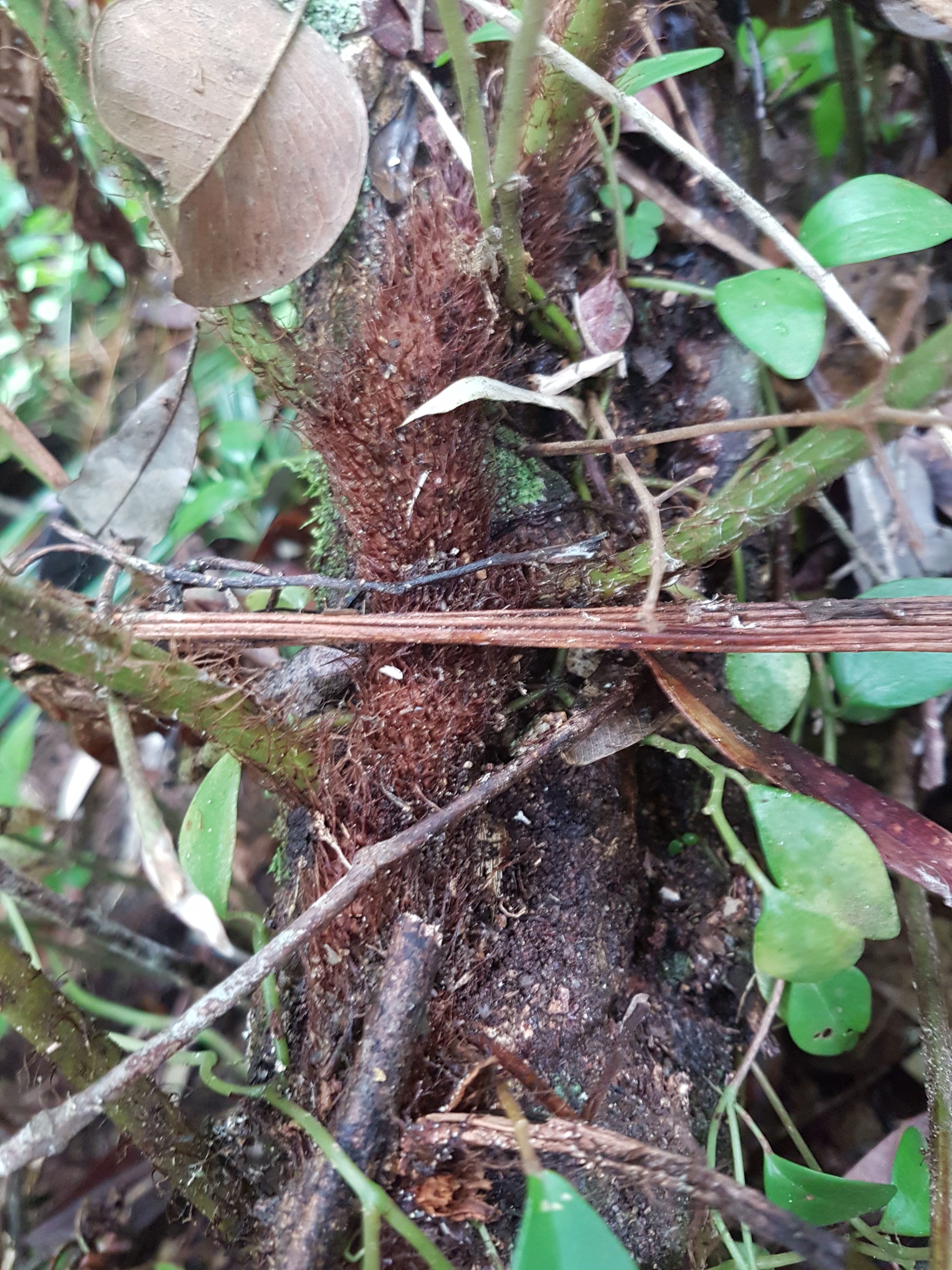

Leaf propagation is a rewarding process that allows you to create new plants and share your love of plants with others. Remember to use a sharp, sterile tool to take your leaf cutting, and to provide the right growing conditions to encourage healthy growth. By following the steps outlined in this guide, you can successfully propagate your Peperomia Polybotrya and expand your plant collection. Peperomia Polybotrya is a beautiful and low-maintenance plant that can be propagated easily through leaf cuttings. In that case, you may need to mist it regularly to keep it healthy. Suppose you are keeping your peperomia in a dry environment. Peperomias are tropical plants that will do best in a warm, moist environment. The majority of peperomias prefer a humid environment, although there are a few species that can tolerate drier conditions. If you want to keep your peperomia in water only, use a pot with a drainage hole and replace the water every other day. The plant needs a well-drained soil mix to grow well and will rot if kept in too much water. Peperomia can grow in water only, but it is not recommended. Peperomia is native to the Americas, Africa, and Asia so it can tolerate a range of climates. This water storage also gives succulents a plump, fleshy appearance.

Peperomia is a succulent, storing water in its leaves to help it survive in drier climates. When the humidity level is low, the leaves will curl up to help keep moisture in. Another reason the leaves might curl is because of a lack of humidity.

Curling the leaves helps to reduce the amount of water that is lost to evaporation. One reason is that the plant is trying to conserve water. There are a few reasons that peperomia leaves to curl. Keep the soil moist and well-watered until the plants are established. Take a sharp knife and cut the plants apart below the soil line. The best time to propagate the owl eyes plant is early spring before new growth begins. Each division should have at least three plants. The propagation of the owl eyes plant is done by dividing the clump of plants. Fertilize your plant every other month with a balanced houseplant fertilizer half-strength solution.įAQ about Propagate Peperomia Polybotrya From Leaves How Do You Propagate Owl Eyes?.In the summer, peperomia can be placed outdoors in a shady spot.Peperomia does not like sitting in waterlogged soil, so make sure drainage is good. Place it in an east- or west-facing window or in a room with high ceilings. Peperomia prefers bright, indirect light.To keep your peperomia in tip-top shape, follow these suggestions: Peperomia polybotrya is a beautiful, trailing houseplant that is easy to care for.
Polybotrya how to#
Gently remove the roots from the water and transfer them to a new pot or grower.Ĭongratulations, you have successfully propagated your peperomia polybotrya from leaves! How To Care For Propagating Peperomia Polybotrya? Roots Will FormĪfter a few weeks, roots will form. Make sure to water the plants regularly during the early stages of growth. New HomeĪfter 24 hours, plant the cuttings in their new home. This will help ensure that the cuttings take. A Dry Location For 24 HoursĪfter placing the leaves in a bag, leave them in a dry location for 24 hours. When taking cuttings, be sure to label your container with your plant’s name as well as the date. Next, place the leaves in a bag or container. Make sure to wait until the leaves are completely wet before moving on. Leaves In WaterĪfter removing the leaves and stems, dip them in water to seal the cuts. Make sure to cut the stem at a slight angle to avoid causing damage to the plant’s vascular system. Remove any brown or dead tissue, and then use a sharp knife to make the cuts. Make sure the leaves you are cutting are clean and dry.
Polybotrya free#
Make sure the plant you choose is free of pests and diseases. Peperomia polybotrya can be propagated from leaf cuttings taken from any healthy, mature plant. To propagate peperomia polybotrya, Right Plant Peperomia polybotrya is a succulent plant that can be propagated easily by leaf cuttings. The Way Of Propagating Plants From Leaves


 0 kommentar(er)
0 kommentar(er)
